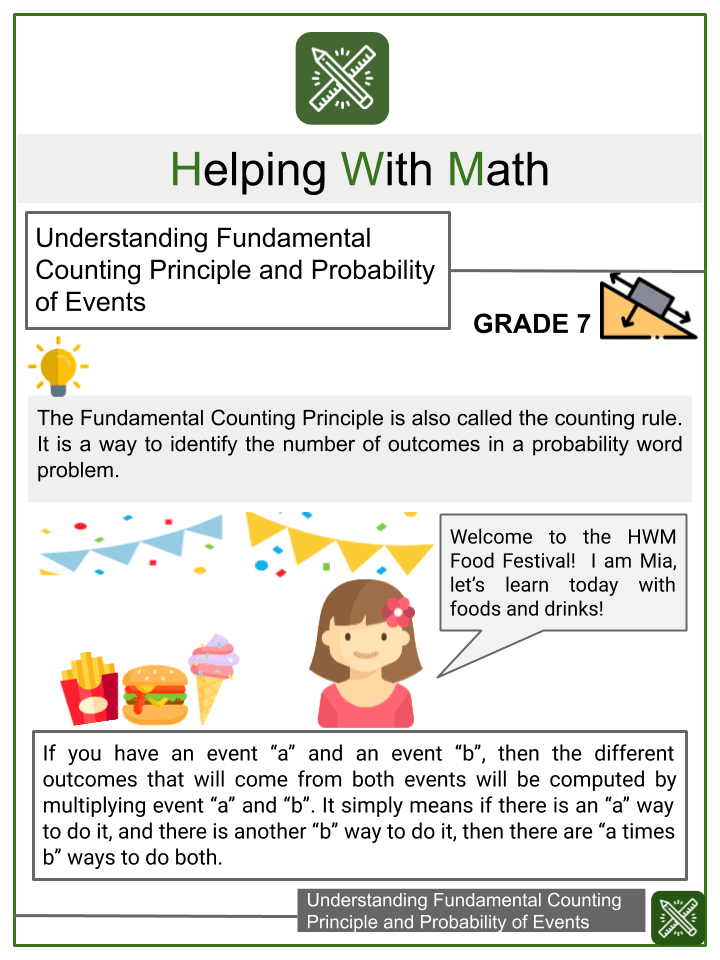
We refer to this as a permutation of \(6\) taken \(3\) at a time. There are \(120\) ways to select \(3\) officers in order from a club with \(6\) members. If we have a set of n objects and we want to choose r objects from the set in order, we write P\left(n,r\right).=6♵♴=120 \) Before we learn the formula, let’s look at two common notations for permutations. Fortunately, we can solve these problems using a formula. The number of permutations of n distinct objects can always be found by n!.įinding the Number of Permutations of n Distinct Objects Using a Formulaįor some permutation problems, it is inconvenient to use the Multiplication Principle because there are so many numbers to multiply.

Note that in part c, we found there were 9! ways for 9 people to line up. There are 362,880 possible permutations for the swimmers to line up. There are 9 choices for the first spot, then 8 for the second, 7 for the third, 6 for the fourth, and so on until only 1 person remains for the last spot. Draw lines for describing each place in the photo.Multiply to find that there are 56 ways for the swimmers to place if Ariel wins first. There are 8 remaining options for second place, and then 7 remaining options for third place. We know Ariel must win first place, so there is only 1 option for first place. Multiply to find that there are 504 ways for the swimmers to place. Once first and second place have been won, there are 7 remaining options for third place. Once someone has won first place, there are 8 remaining options for second place. By the Addition Principle there are 8 total options. The Addition Principle tells us that we can add the number of tablet options to the number of smartphone options to find the total number of options. There are 3 supported tablet models and 5 supported smartphone models. The company that sells customizable cases offers cases for tablets and smartphones. Permutations Using the Addition Principle We will examine this type of mathematics in this section. Other applications of counting include secure passwords, horse racing outcomes, and college scheduling choices.

There is a branch of mathematics devoted to the study of counting problems such as this one.

We encounter a wide variety of counting problems every day. Counting the possibilities is challenging!

The company is working with an agency to develop a marketing campaign with a focus on the huge number of options they offer. The customer can choose the order of the images and the letters in the monogram. A customer can choose not to personalize or could choose to have one, two, or three images or a monogram. Each case comes in a variety of colors and can be personalized for an additional fee with images or a monogram. For example, if there are m ways to do Task 1, n ways to then do Task 2, and p ways to then do Task 3, then there are m n p ways to do first Task 1, then Task 2, then Task 3. Solve counting problems using permutations involving n non-distinct objects.Ī new company sells customizable cases for tablets and smartphones. The Fundamental Counting Principle extends to any finite number of tasks.Find the number of subsets of a given set.Solve counting problems using permutations and combinations involving n distinct objects.Solve counting problems using the Addition Principle and the Multiplication Principle.


 0 kommentar(er)
0 kommentar(er)
